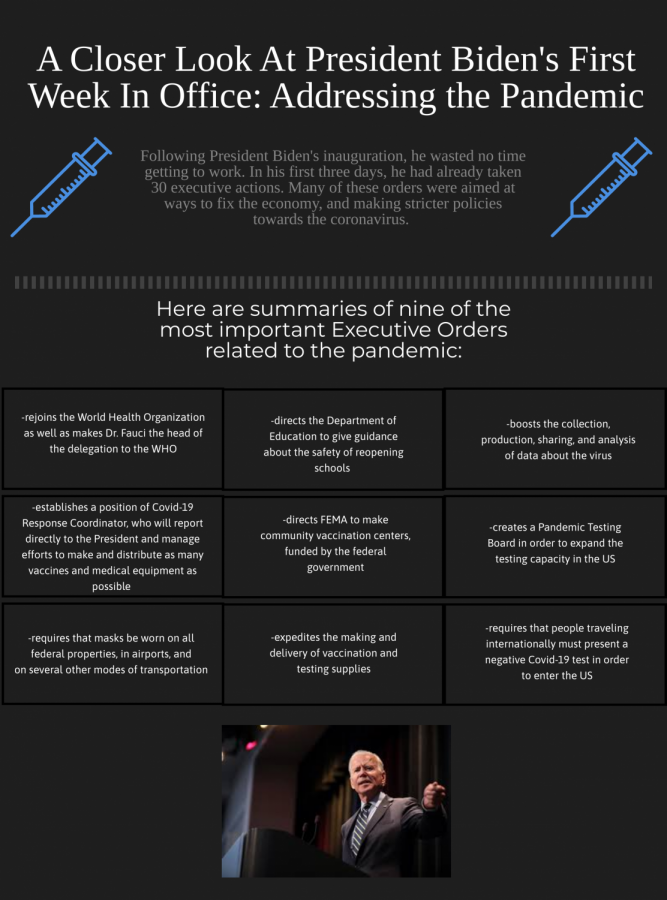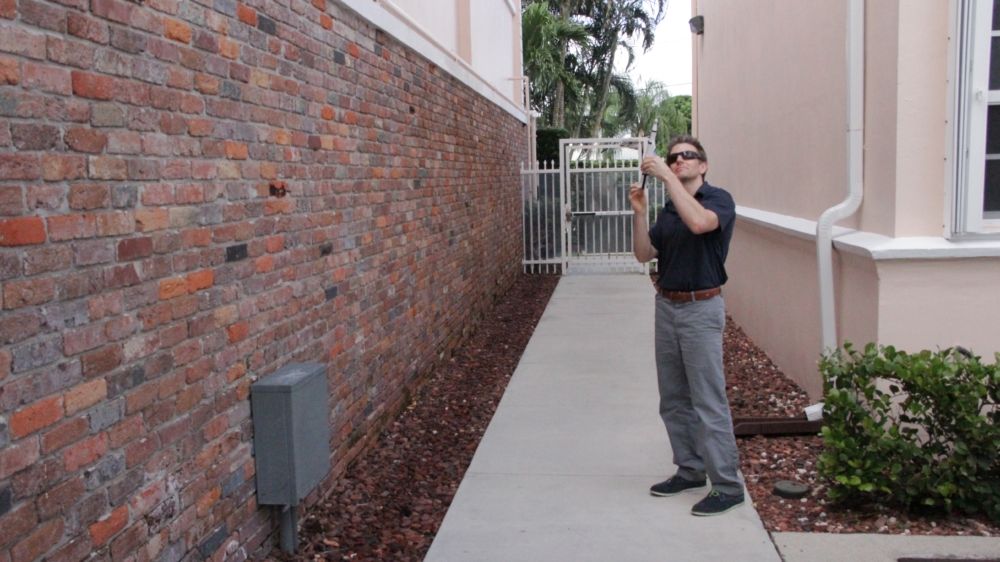[ot-caption title=”Mr. Mahoney aims for Mars with his replica rocket. (via, Jason Kelman)”] [spacer height=”20px”]
The distance between Earth and Mars is approximately 33.9 million miles, but, in light of recent events, the journey to Mars may no longer seem so farfetched. In fact, according to the op-ed President Barack Obama wrote for CNN on October 11, “We have set a clear goal vital to the next chapter of America’s story in space: sending humans to Mars by the 2030s and returning them safely to Earth, with the ultimate ambition to one day remain there for an extended time.” [spacer height=”20px”]
In response to President Obama’s motivational piece, NASA Administrator Charles Bolden discussed two initiatives that would lay the groundwork for missions to Mars. His first plan of action is to ask private companies, such as Space X, to design space habitats, and his second—to send astronauts to the International Space Station. [spacer height=”20px”]
Experts have deemed that sending humans to Mars by 2030 wouldn’t be so expensive, and, instead, the feat could be feasibly achieved if the governmental budget provided is maintained. Though the mission cannot be launched with the current resources available, Chris Carberry of Explore Mars Inc. says that we aren’t far off from what we need. By 2030, if robotic precursor missions continue, technology advances, the International Space Station is put into play, and sufficient investments are made, Obama’s ambitious goal will no longer solely reflect ambition; it will become a reality. [spacer height=”20px”]
Because of the premonition of experts and Obama’s recent plan of action, people are more than excited about the potential opportunity to visit, and even live on, a planet that isn’t Earth. In fact, over 100,000 people have already expressed interest in making planet Mars their permanent home. 30,000 Americans have already applied to make the journey. [spacer height=”20px”]
However, space travel experts have expressed concern, believing the rewards don’t outweigh the risks, especially since the Mars mission in 2030 will be relatively new and untested. While space travel is highly precarious, traveling to Mars is on another level of danger. Astronauts run the risks of heavy exposure to radiation that can potentially lead to cell death or permanent cancer-causing cell modifications. On the other hand, according to Robert J. Reynolds, an epidemiologist at the University of Texas Health Science Center, “astronauts’ risk of dying of cancer is lower than that of the general public because they tend to be in shape, eat well, don’t smoke, and receive careful monitoring from doctors.” That being said, none of these astronauts have ever visited Mars. [spacer height=”20px”]
So, all things taken into account, would you make the journey to Mars? [spacer height=”20px”]
Sources: CNN, Space.com, New York Times

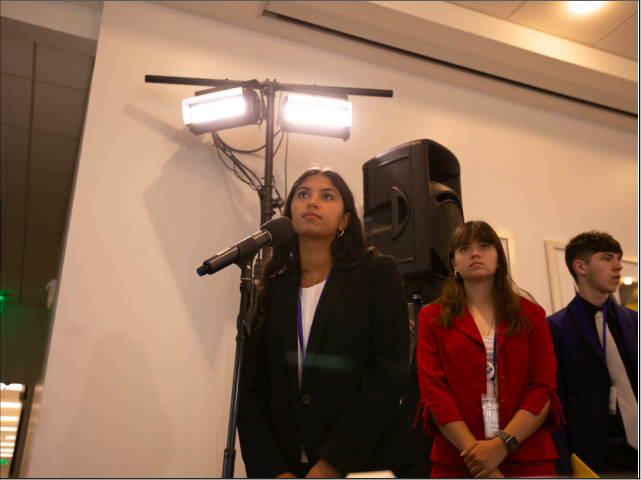









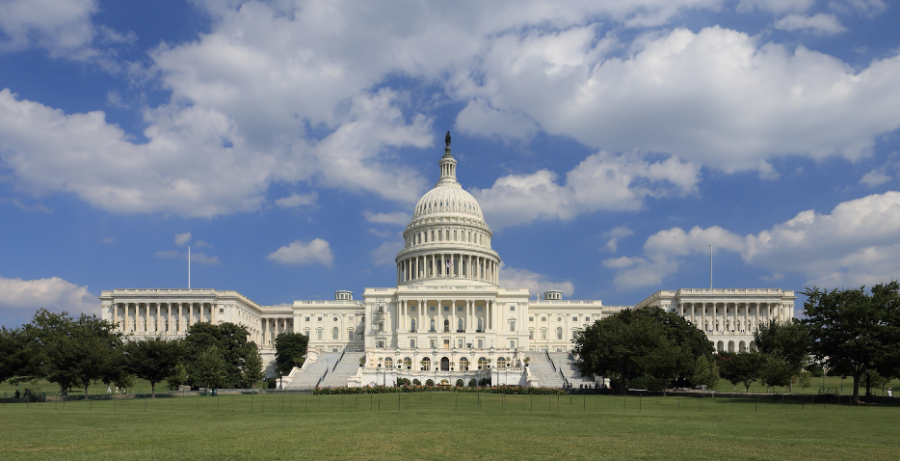
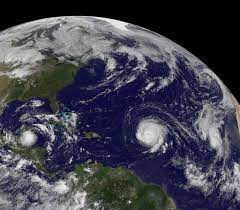




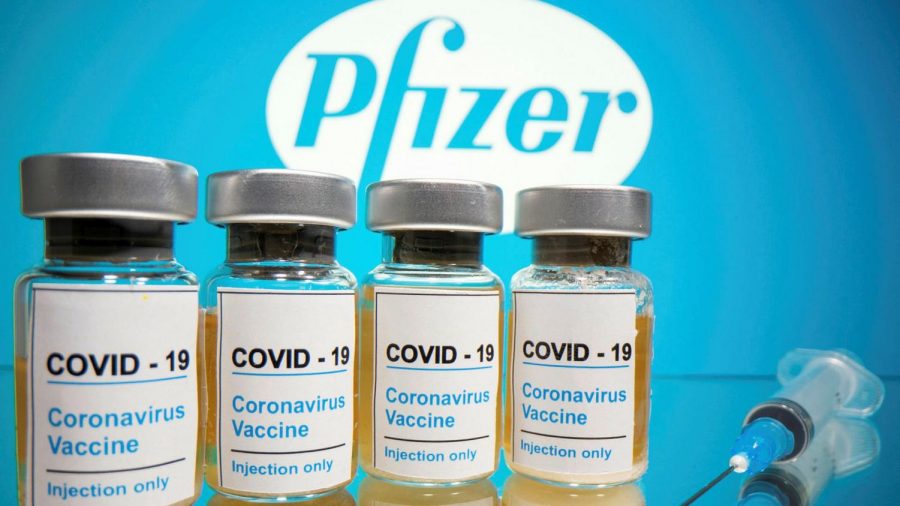














![Stranger Things 4: What to Expect [Warning: Contains Spoilers]](https://pcpawprint.com/wp-content/uploads/2021/11/StrangerThings4-900x473.jpeg)


















